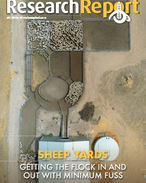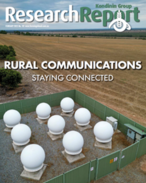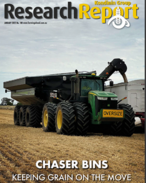This article is 7 years old. Images might not display.
According to Meat and Livestock Australia (MLA), last month a little more than 95,000 tonnes shipped weight (swt) of beef was exported from Australia, down five per cent when compared to the same time last year, due to the ongoing issue of limited cattle supply.
Compared to previous months, exports have lifted more than 40%, however this sharp increase came from Easter and ANZAC Day holiday demand effecting already tight supplies in April.
The best performing market for Australian beef in May was Japan, buying in 26,000 tonnes. High domestic Wagyu prices and excellent seasonal conditions in Japan supported the demand for imported beef. So far this year Japan has imported 112,000 tonnes of beef, up 12% on last year, thanks to a tariff reduction under the Japan Australia Economic Partnership Agreement (JAEPA).
The US imported 23,000 tonnes of beef in May, the highest amount America has purchased this year. The rising cost of US beef paired with Australia’s existing supply constraints are the predominant factors limiting export volumes to the US market.
China bought 9700 tonnes of beef in May, lifting its average by 19% from the same time last year thanks to the frozen beef market. Overall, exports to China improved by 7% when compared to May last year, with 43,000 tonnes shipped to date in 2017. However, demand for high-quality, grassfed product in China is strong and lower-value product from Brazil continues to challenge Australian imports.
Exports to the European Union (EU) rose 2% in May, however for the year to date Australian beef shipments have declined by 27% when compared with 2016.
Declines in markets such as Indonesia and Korea are the result of strong competition from the US. Indonesia has reduced its imports to 6130 tonnes in May marking a 41% drop in imports of Australian beef since last year.
Data from the Australian Bureau of Statistics (ABS) from January to March showed beef exports to Japan totalled A$417 million free on board (FOB) or an increase of 20% year-on-year. The value of exports to the US was down 31%, at $330 million FOB.
The value of the Korean market for the three-month period declined 18% year-on-year, to $244 million FOB. Growing demand in China for high quality, grassfed product contributed to a 24% increase in the value of beef exports for the year-to-March, to A$180 million FOB.






















